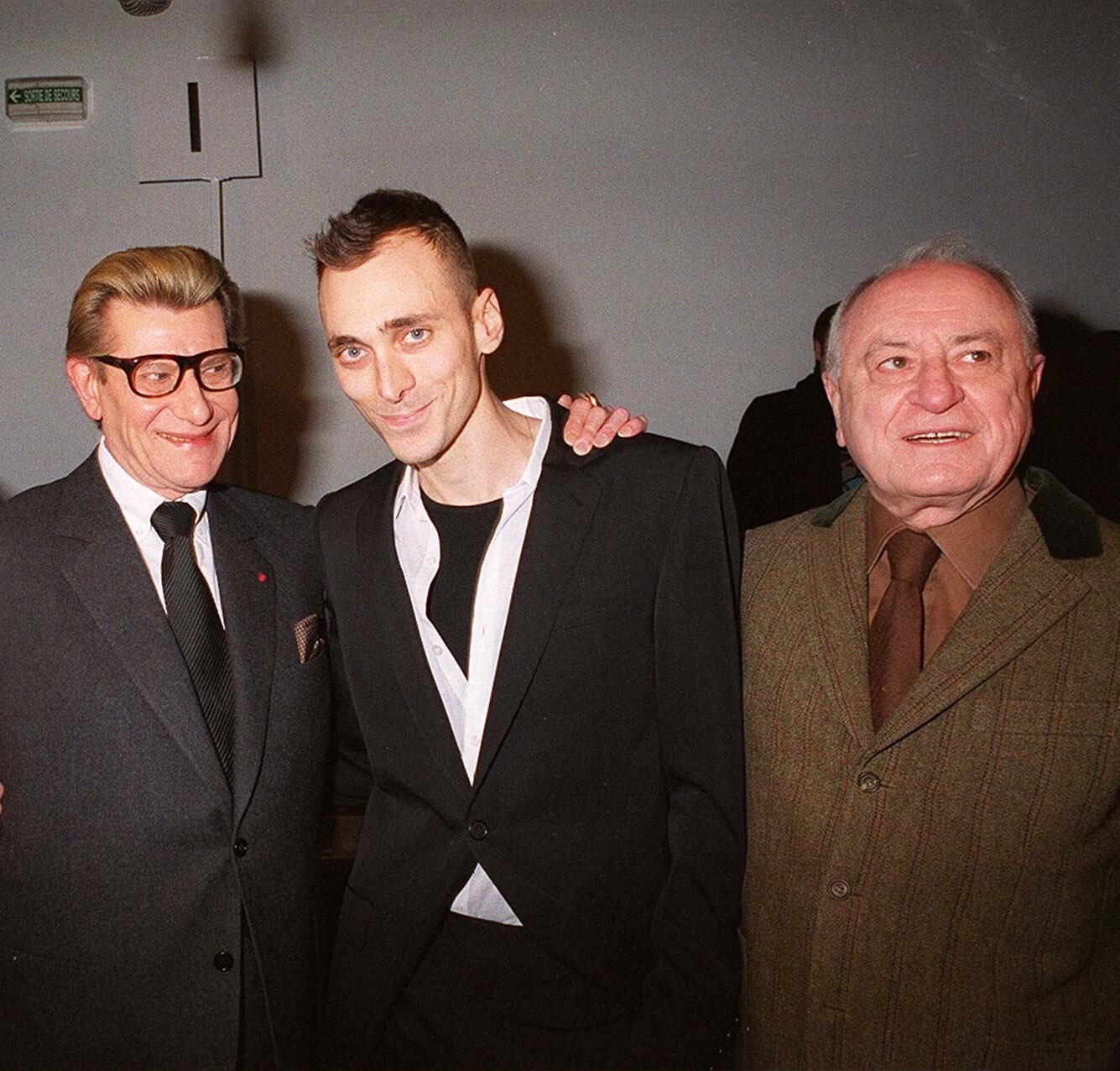Designer Profile: The World of Hedi Slimane
There have been few designers as consistent and as dedicated to their singular vision as Hedi Slimane. Photographer, Creative Director, Interior Designer, Marketing Genius, and rockstar savant- Slimane has redefined menswear in his now 20 plus year career in fashion. In this masterclass designer profile, we have examined the span of his career from Dior, YSL, and now Celine.
Early Life
Hedi Slimane was born on July 5th, 1968 in Paris, France to a Tunisian father & and Italian mother. His career began to build at age 11 when Slimane received his first camera and began learning black and white film development, which would come to play a role later in his career. Slimane's first interaction with clothing, however, came while he was a 16-year-old student. Slimane's skinny frame made it difficult to find well-fitting garments that weren't too baggy. Slimane began to alter and make garments using his mother's sewing machine to tailor things to his body.
Slimane attended college at the École du Louvre and studied art history while also attending a tailor apprenticeship at a men's designer house. Originally Slimane thought that he would pursue a photojournalism career due to his photography background as well as his frequent visits to Le Monde while attending college.
Slimane took an internship with fashion consultant, Jean-Jacques Picart in 1992 where he worked closely with Louis Vuitton’s Centennial Celebratory collection, which invited 7 fashion designers to reinterpret LV’s classic monogram print. This collection was comprised of collaborative pieces from Azzedine Alaia, Helmut Lang, Sybilla, Manolo Blahnik, Isaac Mizrahi, Romeo Gigli, and Vivienne Westwood. Slimane finished his work with Picart in 1995. During this time, Slimane was introduced to Pierre Berge (co-founder of YSL) which would prove to be a pivotal relationship in Slimane’s career- starting in 1996 when he began working with Yves Saint Laurent.
Yves Saint Laurent (1996-2000)
Yves Saint Laurent (left) Hedi Slimane (Middle) Pierre Berge (Right)
In 1996, Slimane was plucked by astute businessman and partner to Yves Saint Laurent, Pierre Berge, to be the men’s show director for YSL. The brand wanted to extend its business into the men’s fashion realm and Berge believed that Slimane was the right person for the job (great insight from Berge). Slimane was promoted to Men’s Artistic Director the following year. Studying under Yves Saint Laurent directly, Slimane began to develop what would become his signature silhouette. Yves Saint Laurent’s 2000-2001 Collection entitled “Black Tie” was Slimane’s debut of the skinny silhouette which would prove as career-defining. Immediately after “Black Tie” was presented, Slimane announced that he would be leaving YSL to helm the creative director role at Dior to launch their first-ever men’s collection.
Dior Homme (2000-2007)







Hedi Slimane’s iconic designs are responsible for challenging the evolution of masculinity. The provocative designer’s singular perspective has twice revolutionized the attire which men chose to clothe themselves. His vision was one of purity - driven in part by his fascination with youth culture - and his designs were a reflection of his desire to create couture for men. Slim armholes, intricate colors, and details and superb tailoring were among some of the elements which helped patent Slimane’s signature looks and a zeal for his creations which persists nearly two decades past their introductions.
Hedi’s early work at Yves Saint Laurent Rive Gauche (1997-2000) bore all the signs of his hallmark collections at Dior. In many ways, it was a precursor to the birth of Dior’s menswear line - a svelte and an androgynous aesthetic that would eventually characterize the modern dandy. His last collection for Yves Saint Laurent, “Black Tie”, was packed with lean clothes infused with a dusky sensualism that has since become Hedi’s trademark and would allow him to enjoy successful years at the helm of Dior. At the ripe age of 32, Hedi impulsively joined the illustrious French house in 2001, after initially flirting with and eventually rejecting the idea of starting his own label.
Hedi’s approach to design was a provocative exercise in vanity and youthful rebellion. He brought an uber-thin, unisexual aesthetic to the house and turned the norms of menswear on their head. His shows were packed with references to British and German subcultures and his stages were made to resemble those which the rockstars he idolized (and would later dress) would often perform on. His collections teemed with grunge references - sleeveless shirts, thrashed sneakers, raw hems.
When Hedi joined Dior, he had no intention of redefining menswear - he didn’t even believe in defining menswear. His designs were left open for interpretation - perfect for the start of a new millennium. Despite Hedi’s reticence to define the menswear zeitgeist he helped birth, he was the first menswear designer to earn the accolade of CFDA’s International Designer of the Year in 2001 (an award fittingly presented by David Bowie).
Despite his (second) era at Saint Laurent Paris, it was, coincidentally, at Dior that Hedi most heavily referenced his mentor, Yves Saint Laurent. The past was never too far for the budding designer, as he drew from Yves’ treasure trove of references and tradition of juxtaposing artists’ oeuvres and passions. Hedi’s extensively-chronicled love affair with rock music allowed the designer to construct a dialogue with the genre’s associated subcultures and his escapist vanity-fueled fantasies. The results were designs suited for the formative figures from Berlin and London’s underground scenes which served as illustrations of Slimane’s version of masculinity. Slimane’s popularity in the menswear universe grew largely during his tenure at Dior but he ultimately ended up departing from the house in 2007.
Photography
Following Slimane’s departure from Dior Homme in 2007, he relocated to Los Angeles to focus on photography. As aforementioned, in Slimane’s youth, his fascination for photography really bridged his interest in the fashion world. In 2011, Slimane had his first solo West Coast exhibition at the MOCA in Los Angeles entitled “California Song,” which featured an exploration of California’s youth subcultures through photography, essays, and publications. Slimane’s photographic exploration during this period would set the stage for his Creative Direction at Saint Laurent which was announced by Kering Group in 2012.
Saint Laurent (2012-2016)
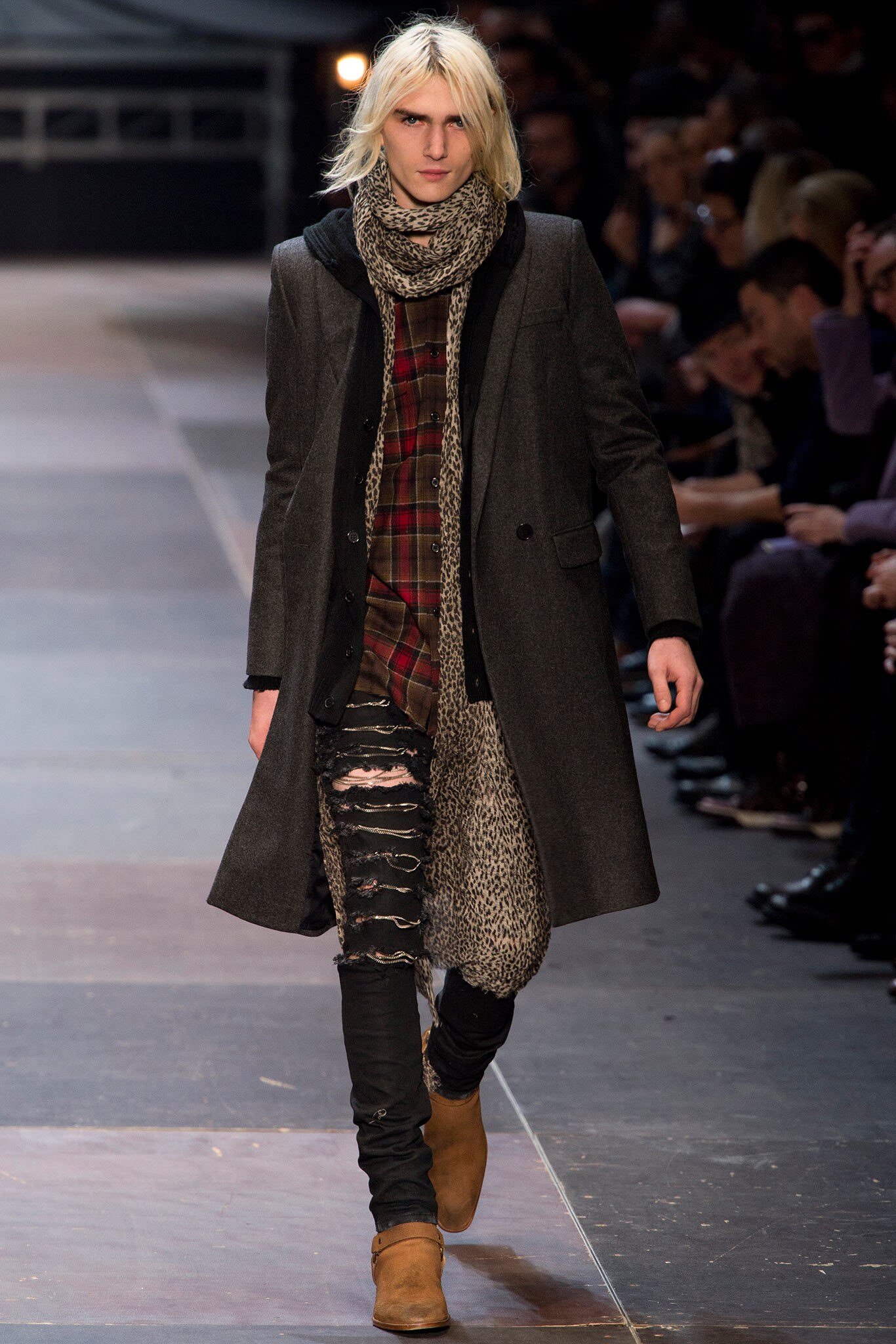
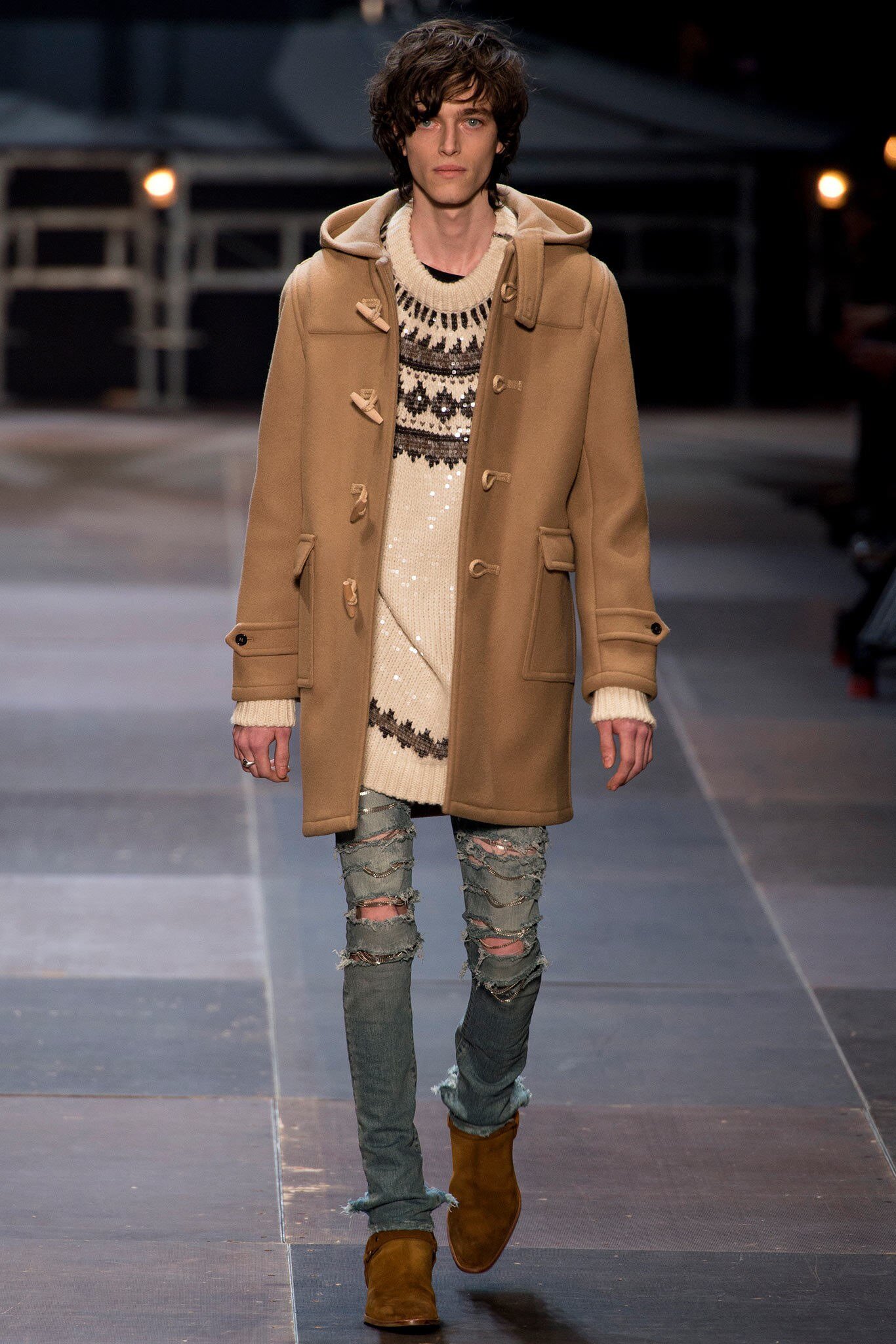
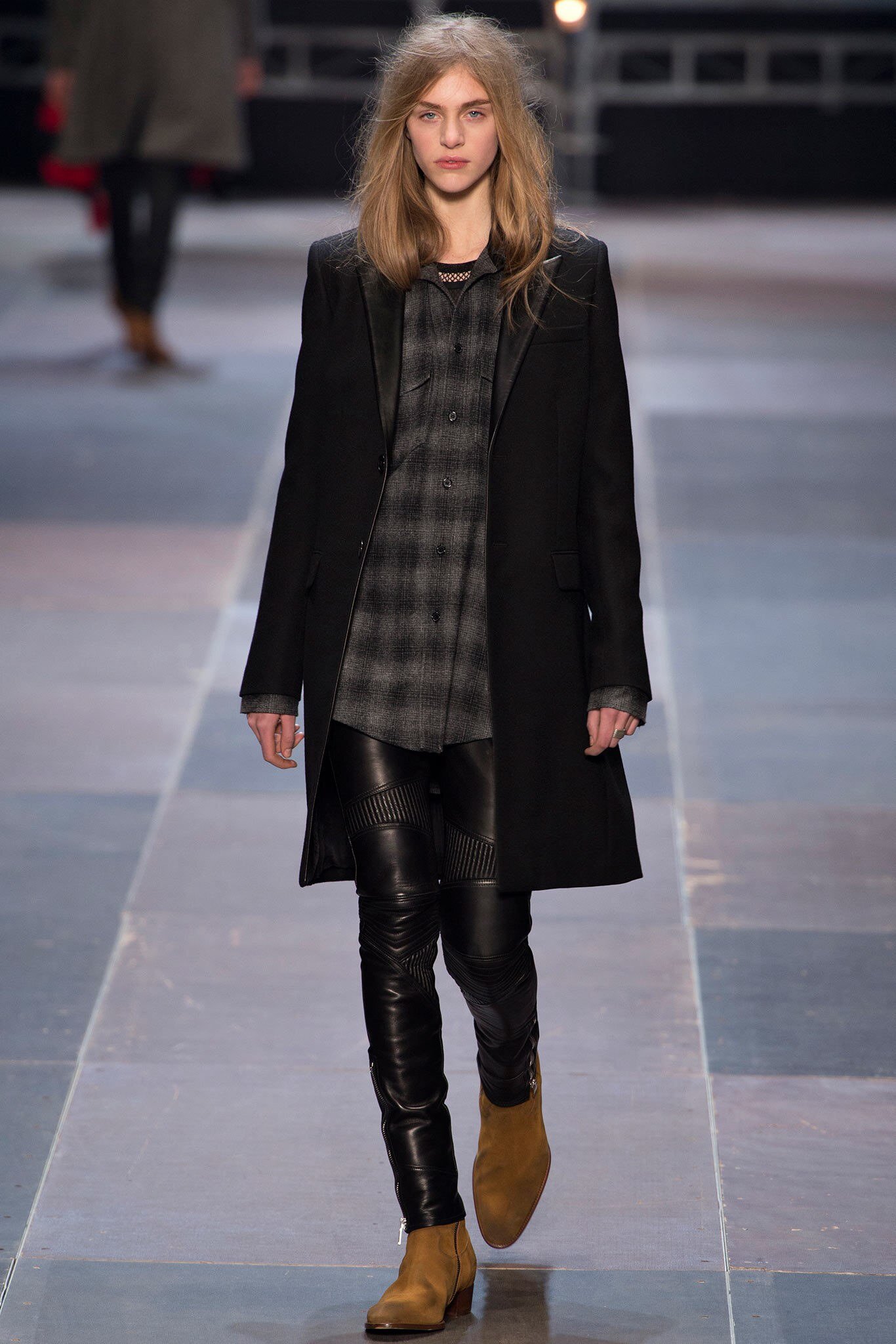
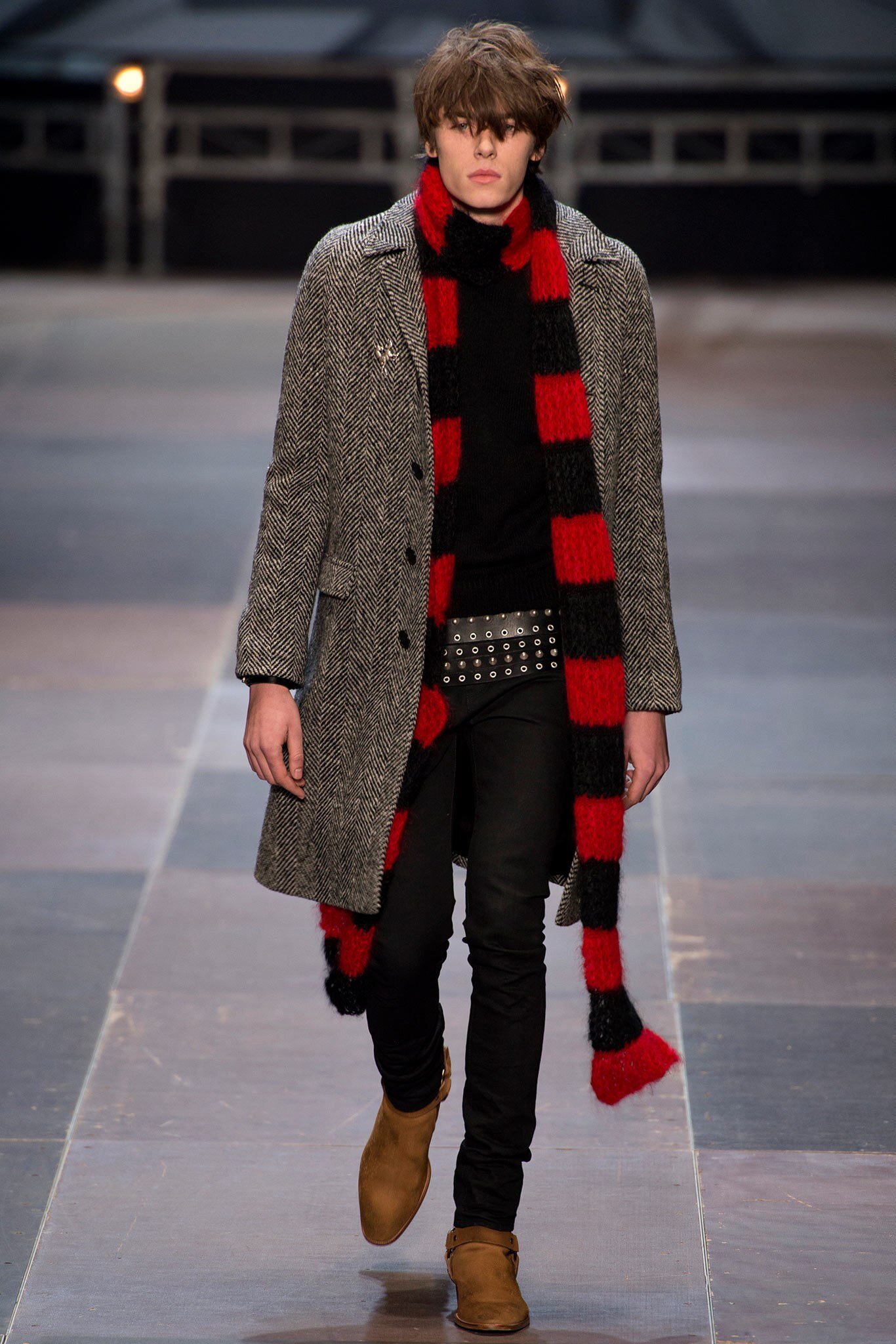

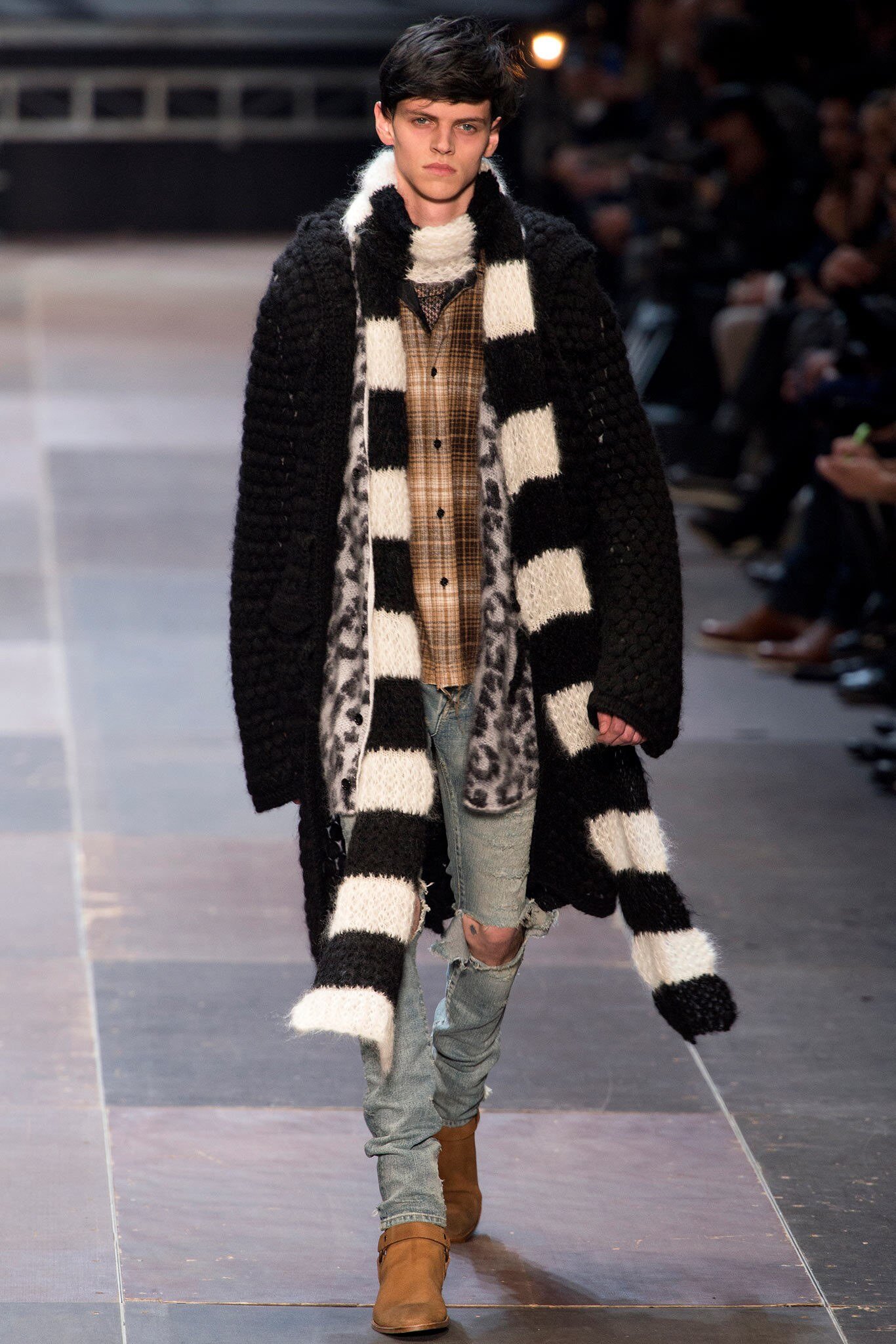
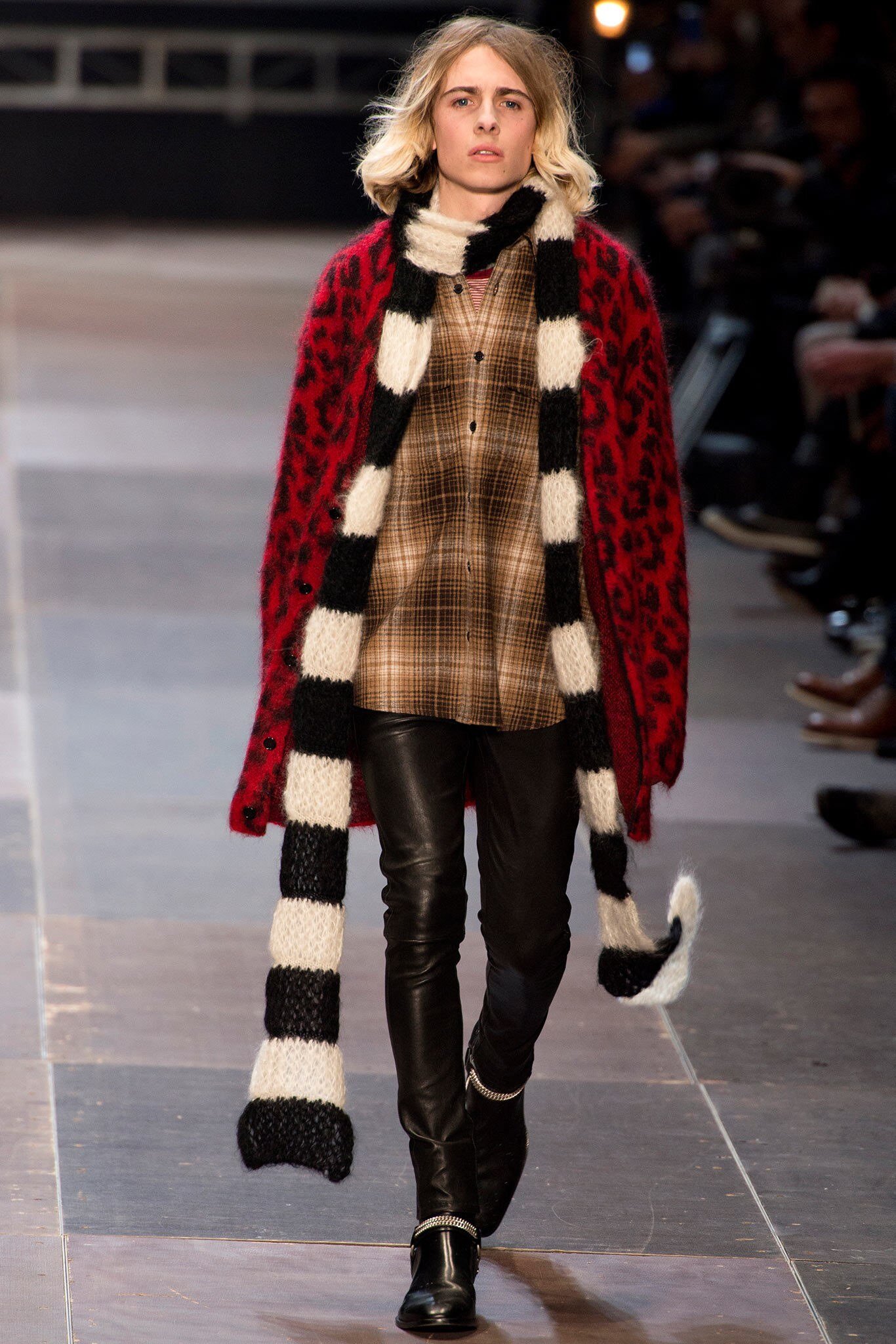
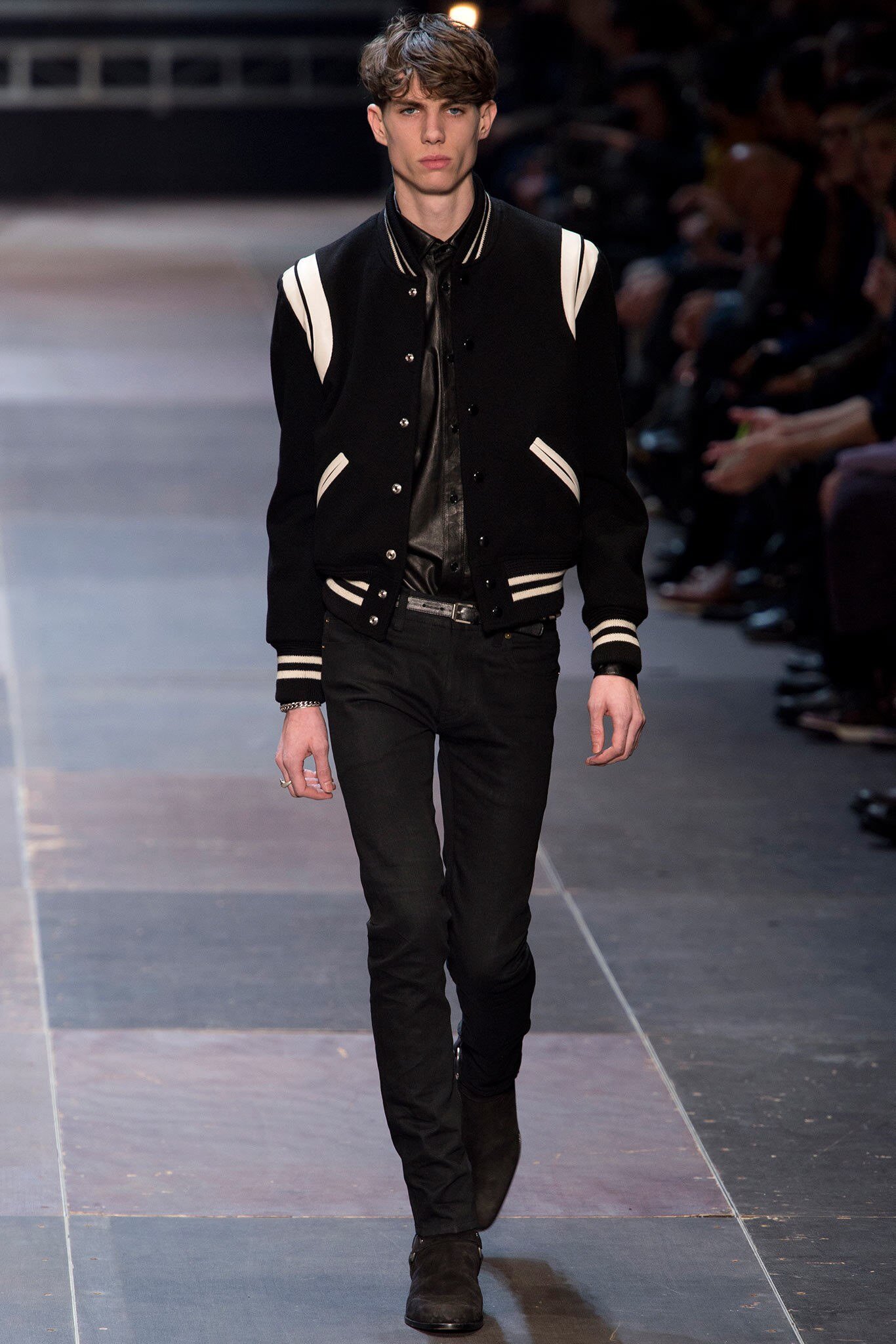
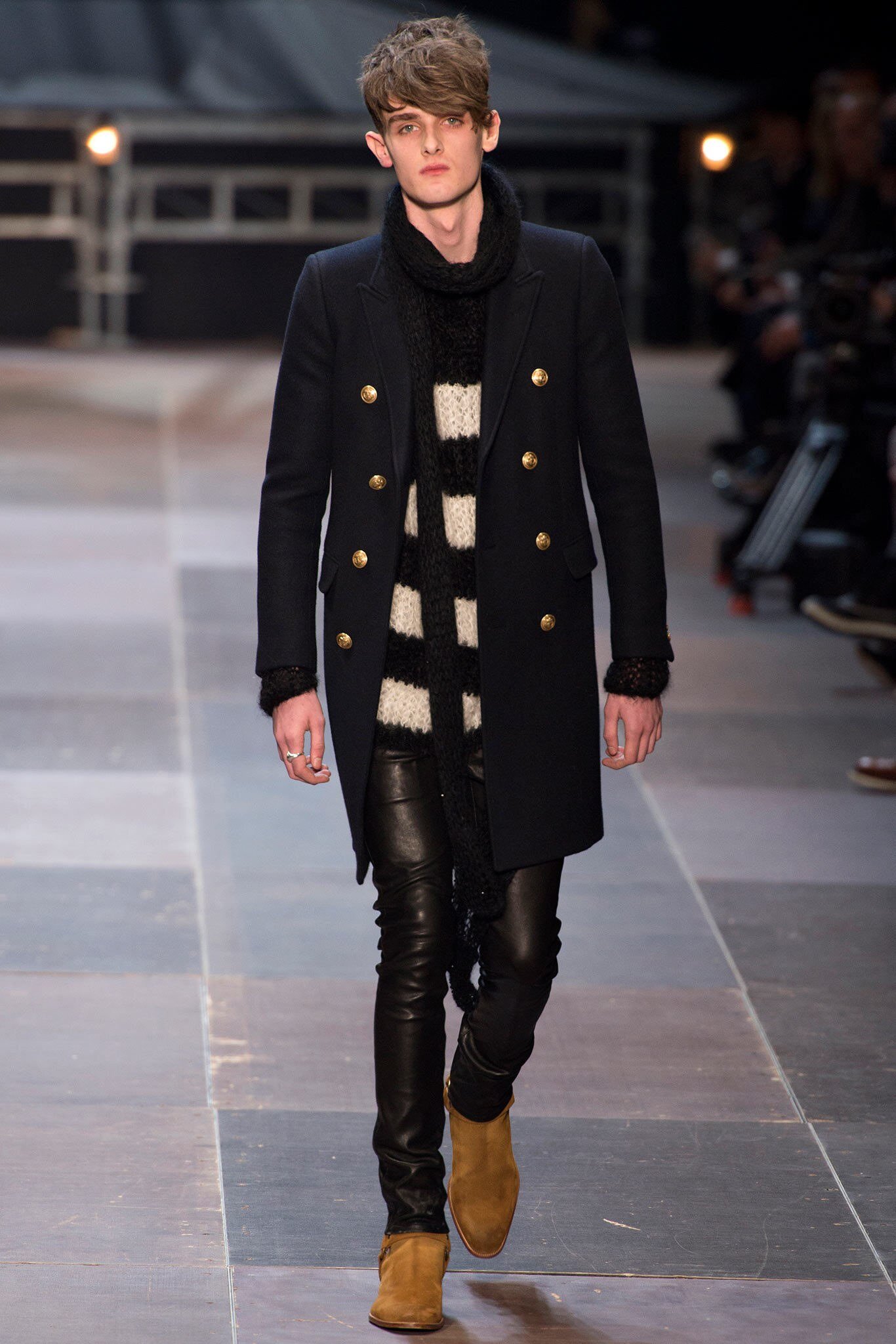
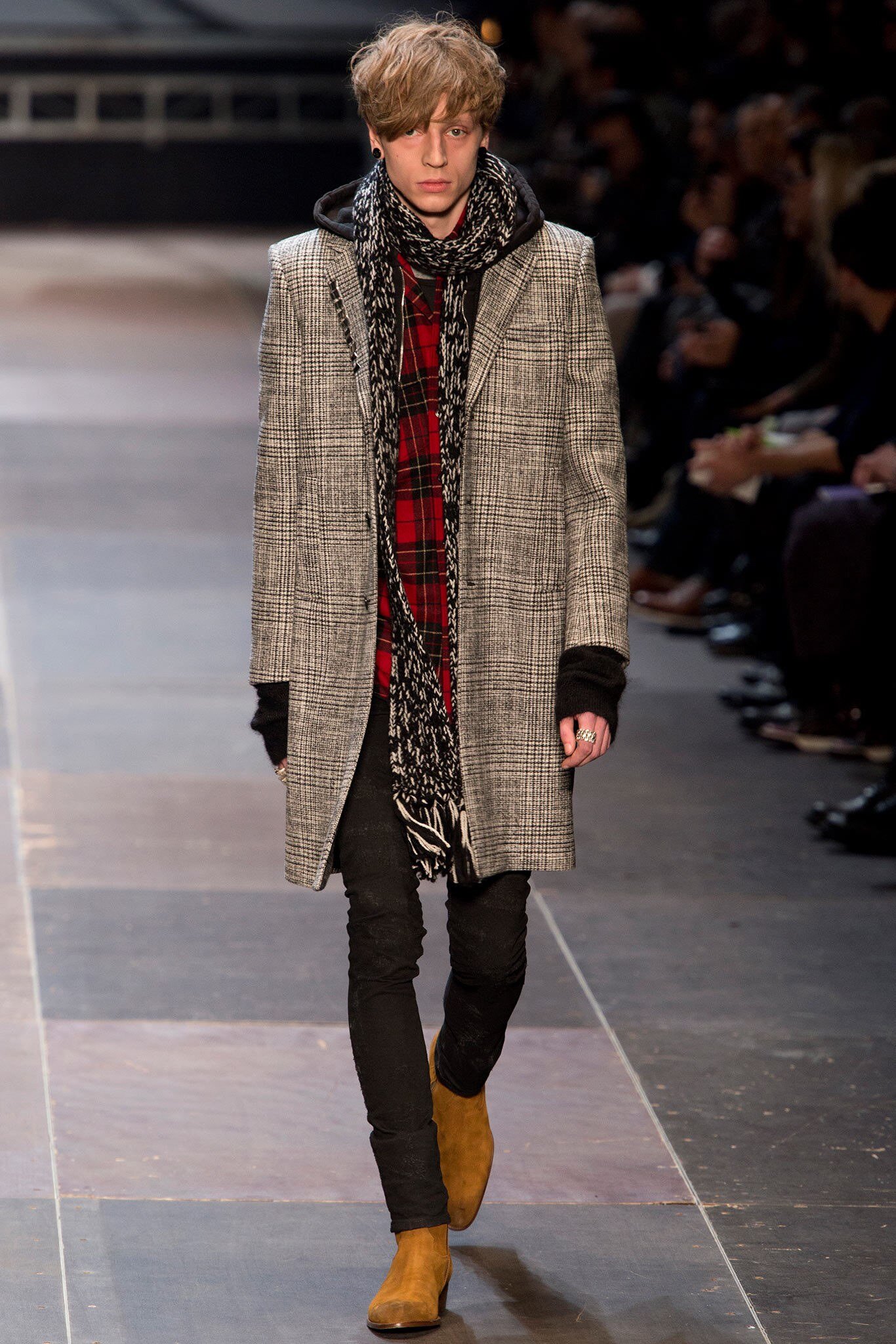
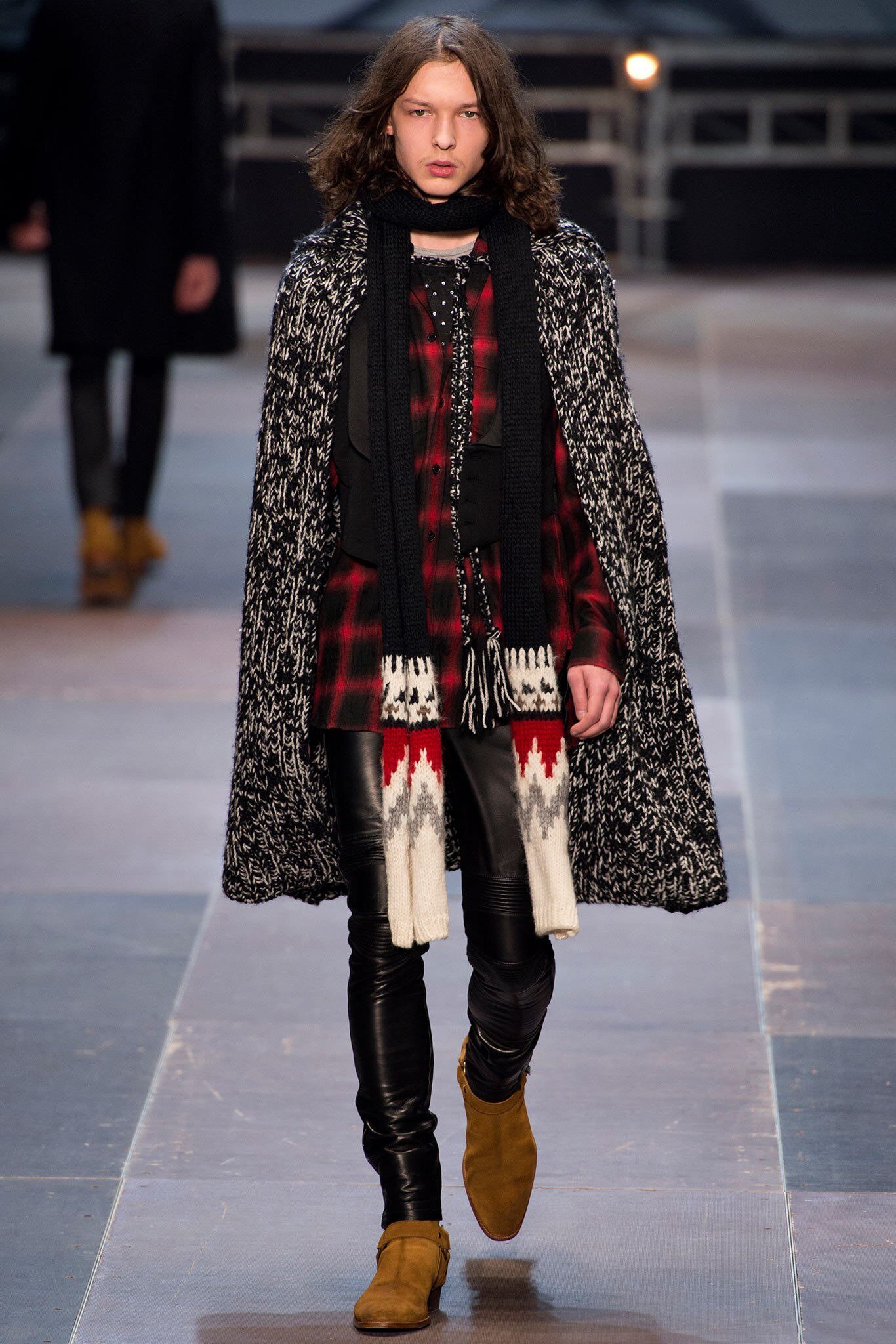
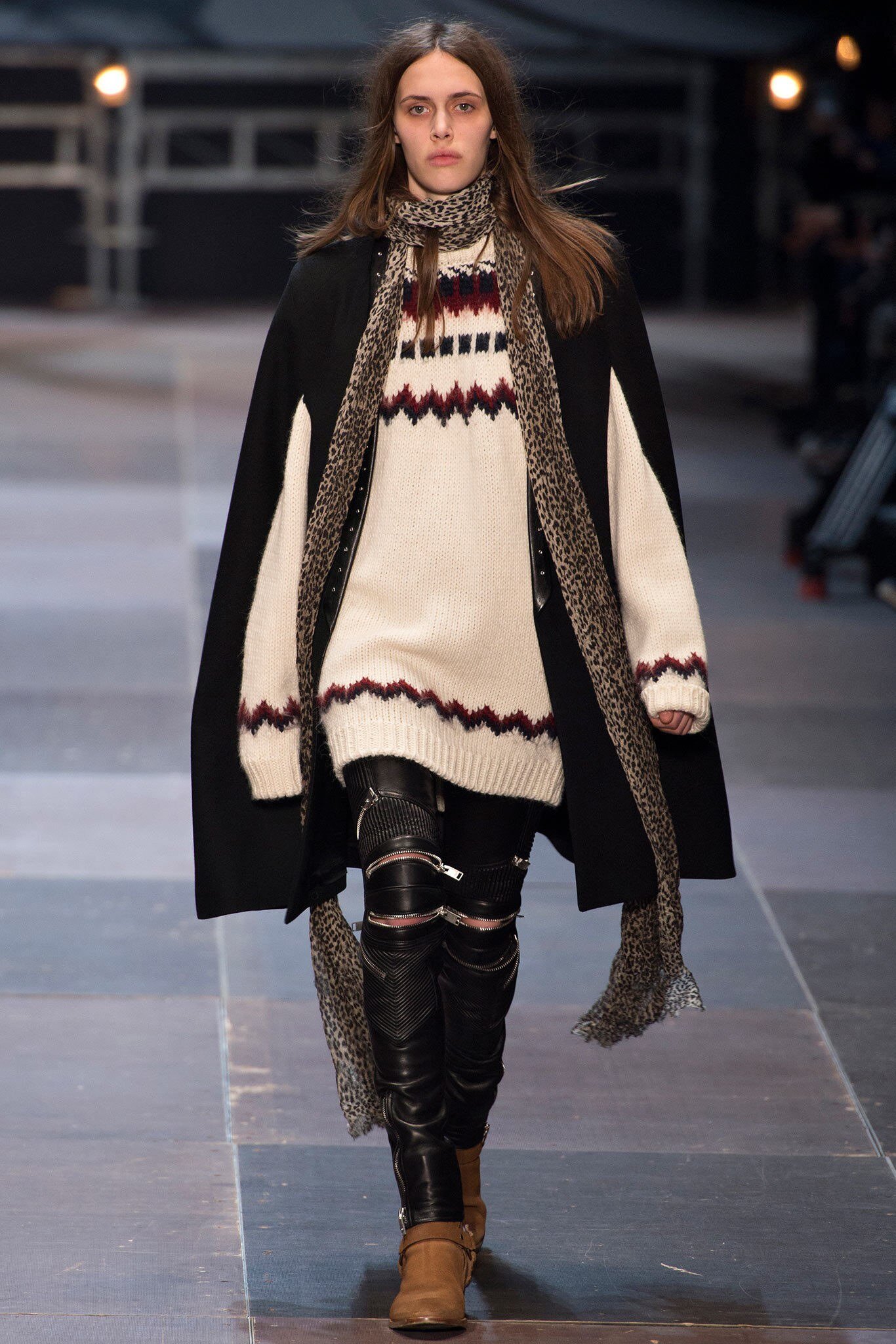
Following Slimane’s hiatus from the world of fashion to focus on photography, Kering Group announced in 2012 that Slimane would be taking over the Creative & Image Director role of Yves Saint Laurent following Stefano Pilati’s departure from the label. Slimane’s return to YSL (the label where he got his start) was much different this time around. With Berge’s backing, Slimane was given full creative control- which would cause widespread controversy. Slimane dropped “Yves” from the label rebranding it as “Saint Laurent Paris” and moved the design studio to Los Angeles, where Slimane had been residing years prior. The “YSL” logo would now only appear on bags, shoes, and cosmetics.
Slimane’s first menswear collection, F/W13, was met with criticism from industry giants such as Tim Blanks, but in retrospect, this collection was the beginning of a very successful and profitable period for Saint Laurent and Kering Group. The F/W13 collection served up many grail-worthy items that are still sought after to this day such as the chain denim, crash denim, the Wyatt boots with the exposed interior zippers, the Teddy Jacket, the Leopard print cardigans, and the various scarves that were featured in multiple looks.
F/W 13’s acted as the sound foundation for what was to come. In the four years which followed, Slimane continued his California Period throughout his tenure with iconic collections such as “Palladium, “Psych Rock,” and most notably “Surf Sound.” While in 4 years, Slimane was able to turn Saint Laurent into one of the fastest growing & profitable houses in all of Europe, Slimane and Kering announced that Slimane would be exiting the brand in 2016 due to issues in agreements on a new contract. Slimane was once again leaving fashion, but at least it resulted in a pretty hefty Non-Compete Contract.
CELINE (2018-Present)
Slimane was announced Artistic, Creative, Image Director of CELINE January 2018.




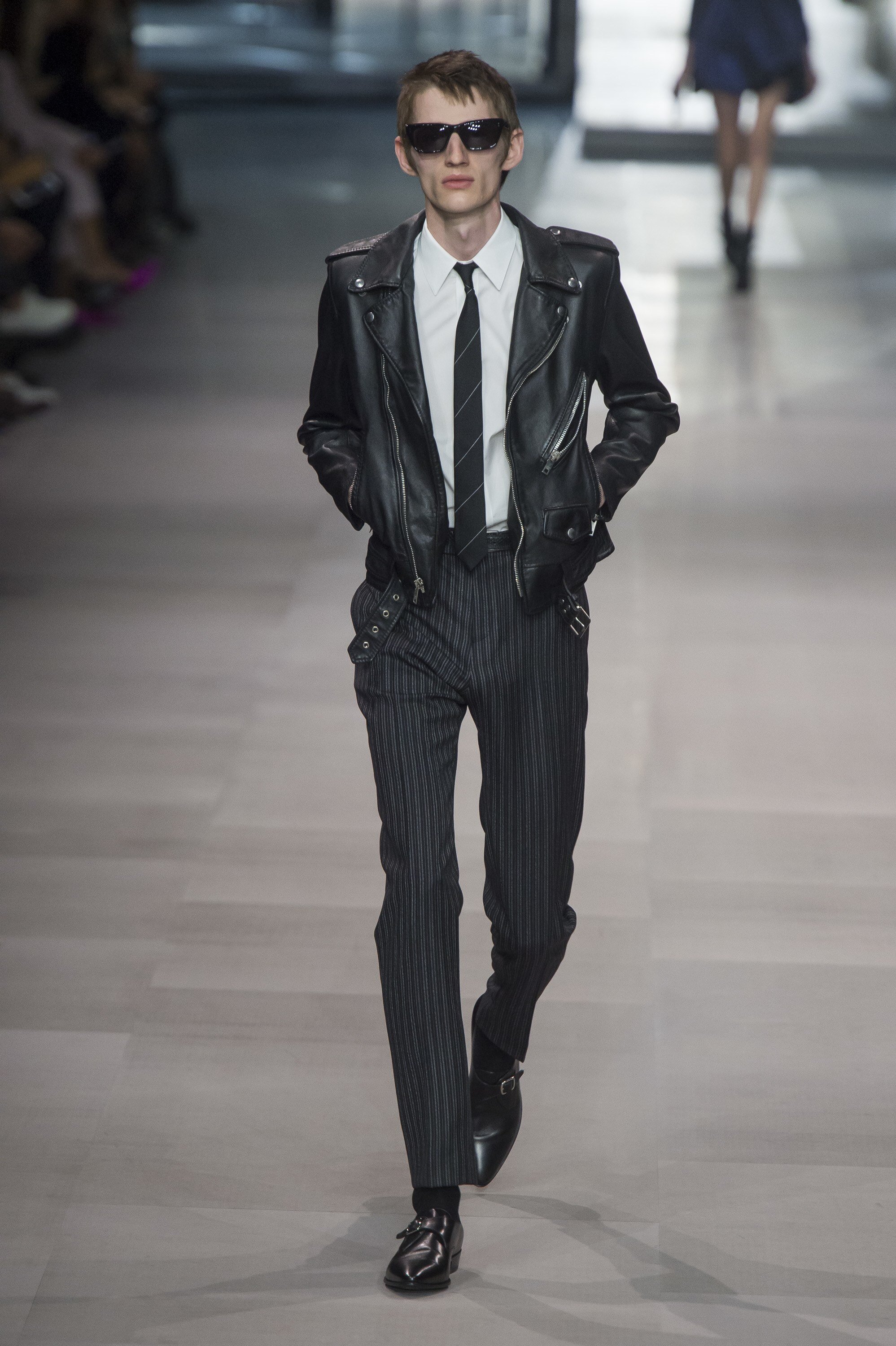



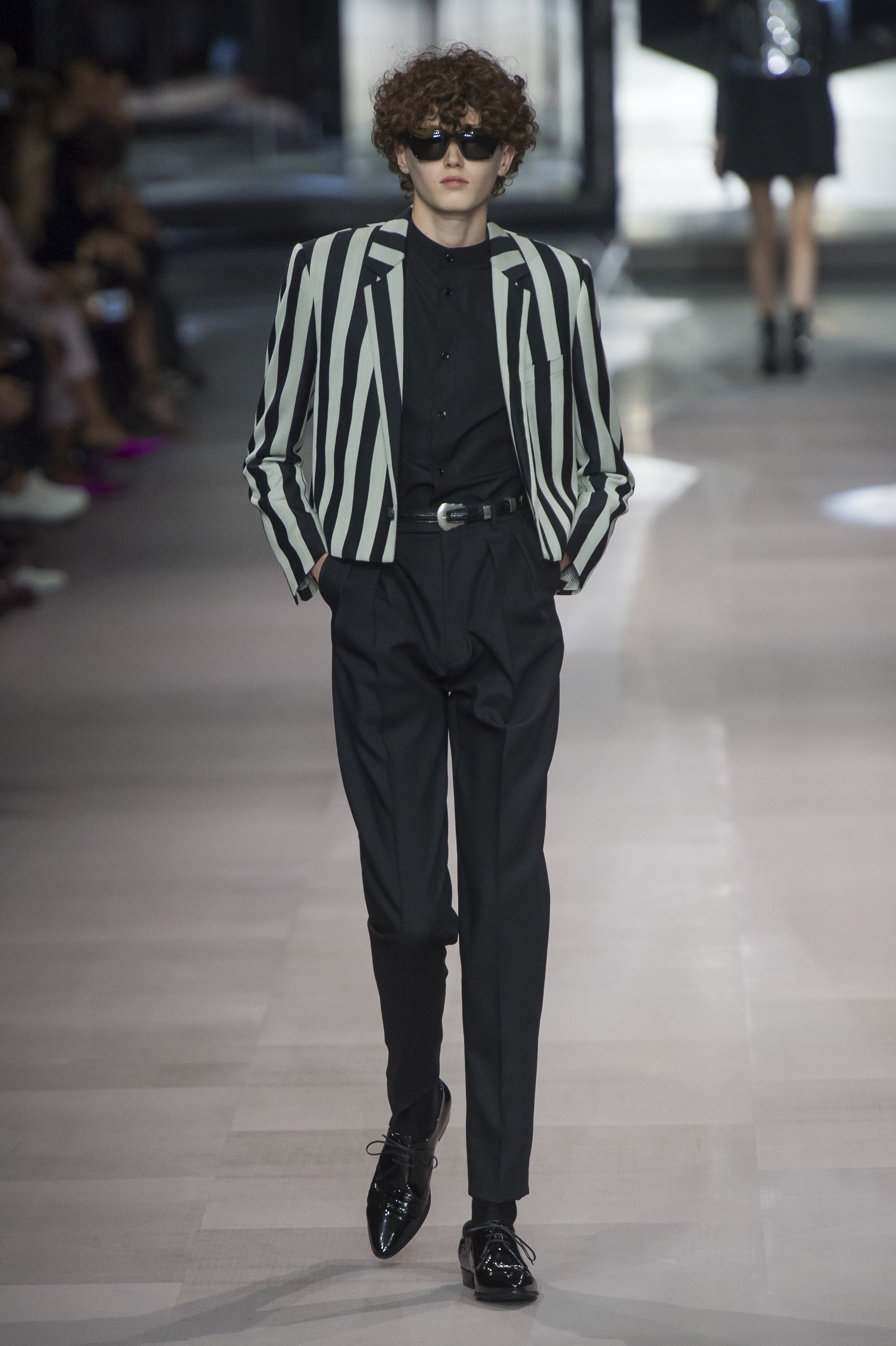





Following a 3-year non-compete hiatus, LVMH announced that Hedi Slimane would be appointed as the Creative & Image Director for Maison CELINE following Phoebe Philo’s retirement. This announcement came with mixed reviews due to the strong women’s client base that Philo had created with her soft, feminine, and loose cuts over her 10-year tenure with the French Maison. The drastic differences in creative direction became even more prevalent following Slimane’s S/S19 collection which featured Saint Laurent-esque designs, rail-thin models, and a mostly black color scheme. The reviews quickly flooded in claiming that Slimane was a “one-trick pony” and that he had “ruined Celine and Philo’s legacy.”
Despite the mixed reviews from the S/S19 collection, Slimane has continued his holistic vision at CELINE with heritage-fueled collections that have revisited CELINE’S past. Taking inspiration from the Maison’s archives, Slimane has reintroduced many house codes such as the TRIOMPHE emblem, The Parisian Bergouise Spirit, and an overall 70’s inspired collections. In addition to building on CELINE’S past, Slimane has introduced Men’s Couture, a Fragrance line, a Triomphe canvas collection, fine jewelry, and many other categories. Typical of Slimane, each season has built upon the other to build a vestiaire (wardrobe) that can be worn seamlessly from season to season. Slimane most recently presented his F/W20 collection for CELINE apart of Paris Fashion Week, which was his strongest collection to date since taking over the role of Creative Director in 2018.

